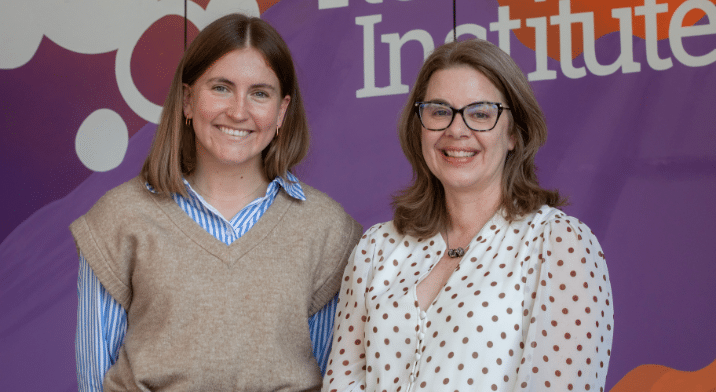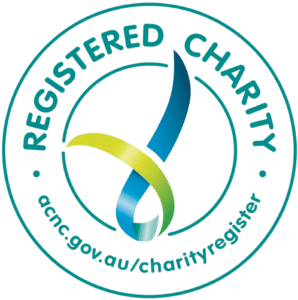
Immunology researcher Olivia Carroll says this statement is a critical step in ensuring that research addresses some historically overlooked factors.
“As researchers we should be considering sex, gender, variations of sex characteristics and sexual orientation throughout all stages of research – both at the clinical and pre-clinical level.”
Olivia is currently working alongside endocrinologist, Conjoint Associate Professor Katie Wynne, a specialist in transgender medicine, Professor Jay Horvat, and Dr Alexandra Brown, on a pilot study to explore the relationship between respiratory health and gender affirming hormone therapies (GAHT), supported by the Equity in Health and Wellbeing Research program at HMRI.
Study participants undertaking feminising gender affirming hormones therapies as part of their clinical care are having their lung function measured, with a selection of participants having a secondary measurement taken four months in.
“There are multiple regimes for gender affirming hormone therapy including estrogen only, estrogen in combination with androgen blockers, and some regimes may also have a progesterone component. These are individualised depending on the clients’ goals for gender affirmation. We are looking at how these different hormone regimes may impact respiratory health,” says Olivia.
As someone who is working directly on the impact of sex hormones on health, Olivia says this statement is a welcome clarifier.
“This statement makes it really clear and should be read by all researchers. It’s an opportunity to learn and improve our research approach so that it is safe and sensitive to all individuals”
-Olivia Carroll
“We should also be considering an individual’s menstrual cycle and how this may influence their response in clinical studies. Are they pre- or post-menopausal? Are they taking an oral contraceptive pill or menopausal hormone therapy? If pre-menopausal, what stage of their cycle are they in?”
“The statement also highlights the importance of effective, safe and respectful partnership with the research population group/s and diversity within your research team,” says Olivia.
The purpose of the Statement on Sex, Gender, Variations of Sex Characteristics and Sexual Orientation in Health and Medical Research (the Statement) is to improve health outcomes by:
Read the whole statement here.
HMRI would like to acknowledge the Traditional Custodians of the land on which we work and live, the Awabakal and Worimi peoples, and pay our respects to Elders past and present. We recognise and respect their cultural heritage and beliefs and their continued connection to their land.

Hunter Medical Research Institute
We’re taking healthy further.
Locked Bag 1000
New Lambton
NSW, Australia, 2305



This site is protected by reCAPTCHA and the Google Privacy Policy and Terms of Service apply.
Copyright © 2024 Hunter Medical Research Institute | ABN: 27 081 436 919
Site by Marlin Communications
